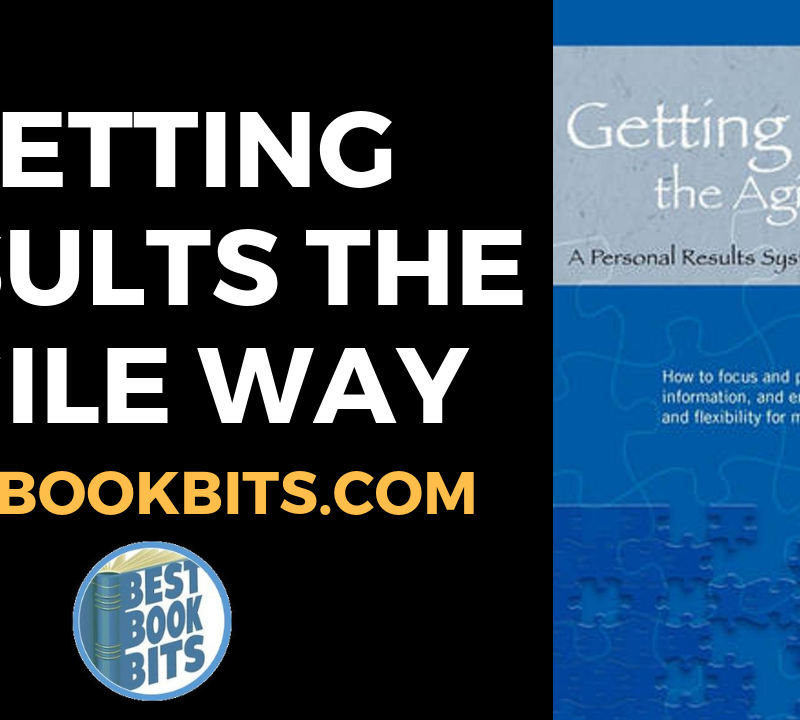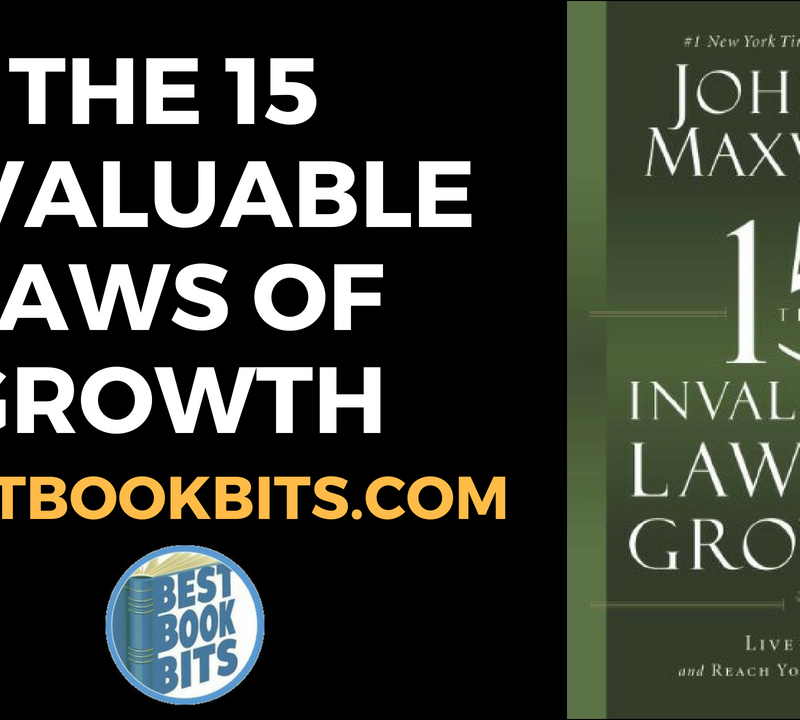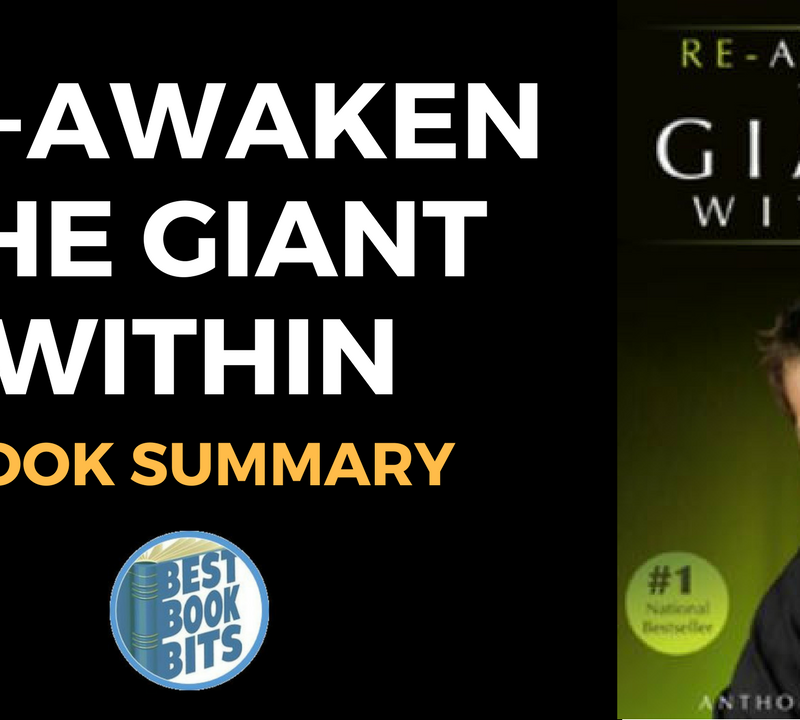< DOWNLOAD THIS SUMMARY IN PDF HERE >
< FOLLOW US HERE > |YouTube |Spotify | Instagram | Facebook | Newsletter | Website
Unreasonable Success and How to Achieve It: Unlocking the Nine Secrets of People Who Changed the World by Richard Koch
How do people of seemingly ordinary talent go on to achieve unexpected results? What can we learn from them? What are the ingredients for unreasonable success and how is it achieved?
In this ground-breaking book, bestselling author Richard Koch charts a map of success, identifying the nine key attitudes and strategies can propel anyone to new heights of accomplishment.
The pattern of success is fractal. It is endlessly varied but endlessly similar. Success does not require genius, consistency, all-round ability, a safe pair of hands or even basic competence. If it did, most of the people in this book would not have impacted the world as they did.
Who could have predicted that Nelson Mandela, a once-obscure lawyer, could have averted disaster in South Africa, reconciling people of different heritages to each other and establishing a viable democracy? Or that Helena Rubinstein, a young woman growing up in the grotty ghetto of Kraków, could have changed the face of beauty throughout the world? Or that the illegitimate son of a notary would become one of the world’s greatest painters, known universally by his first name, Leonardo?
Successful people typically don’t plan their success. Instead they develop a unique philosophy or attitude that works for them. They stumble across strategies which are shortcuts to success, and latch onto them. Events hand them opportunities they could not have anticipated. Often their peers with equal or greater talent fail while they succeed. It is too easy to attribute success to inherent, unstoppable genius.
With this book, you can embark on a journey towards a new, unreasonably successful future.
The Importance of Self Belief
Koch defines self-belief as “defining self as special and important.” I make comparisons here to self-worth.
Koch suggests that self-belief has an element of destiny to it. I regard this as self-efficacy. In other words, the belief in oneself to bring about a result.
Lastly, Koch mentions that self-belief will only flourish if it is tied to a specific goal.
Why Self-Doubt Actually Supports Self-Belief
Koch mentioned the importance of self-doubt as a pre-cursor to self-belief. Specifically, it forms a complementary relationship with self-belief when its origins are born from either abandonment, isolation or neglect.
Richard uses the case of Steve Jobs in his book as an example. Steve was adopted thus adopting the above three traits in the formative parts of his life.
His life’s mission was a sense of control. The hardware and software that Steve and Apple output were viewed as a natural extension of this control. This is evident by the closed nature of the hardware and operating system.
How to Build Self Belief When You Think You Ain’t Got None
Koch refers to three specific chapters that will be summarised later. For now, here they are at a glance:
- Significant achievement.
- Definition of one’s trail.
Koch mentioned that self-belief can be born from heredity but more usually from role models.
He anecdotes that two of his mentors were mentors without really knowing about it.
Interestingly, I can link this to advice from Tony Robbins and basing your action on those people who have already walked the path.
Having High Expectations and Their Olympian Effect
The ceiling of your future is the most you can imagine and expect.
Koch’s second landmark is Olympian Expectations. He differentiates expectations from self-belief by suggesting that the former is result-driven where the latter is more visionary. Personally, I think of bundling the two into self-efficacy. The belief that you can bring about a result, as alluded to in the self-belief section.
Koch teased out 5 themes in his analysis of highly successful people. These include:
- Setting higher expectations than usual. (Intent)
- Thinking big and not getting caught up in the details. (Creativity)
- Be unreasonably demanding of self and of others. (Standards)
- Progressive escalation of expectations over time. (Reflection)
- Expectations must be unique to the individual. (Autonomy)
In the parenthesis, I’ve placed some values and practices that I think these markers touch upon.
Koch made mention to the Pygmalion Effect that was unearthed by researchers Robert Rosenthal and Lanore Jacobson. The study showed that teachers would subconsciously favour students, whom they were told to be smarter, when explicitly told not to favour them.
Two IQ tests were issued to students with a time period between the two. Researches compared the results and showed that students who performed well on the first test, improved their performance on the next test. For the others, half improved while half declined.
The kicker is that the researchers deceived the teachers as all students scored around about the same results on the first test. In other words, no achievers among the bunch. Fascinating.
The takeaway is that high expectations lead to improved performance.
At the end of the chapter, Koch makes a ‘thumbnail’ of high expectations. There seems to be some overlap between the 5 markers he teased out, but in the thumbnail, he mentions only four. These include:
- Experiment to generate success.
- Experience success early on in life
- Possess extreme ambition
- Be unreasonably demanding
< DOWNLOAD THIS SUMMARY IN PDF HERE >
< FOLLOW US HERE > |YouTube |Spotify | Instagram | Facebook | Newsletter | Website
While discussing the people he analyses, he refers to Jeff Bezos when talking about surrounding yourself with others who have high expectations. We rise to the level of the expectations of the team. This also rings true when a team does not possess high expectations.
A question that comes up for me is can you only succeed at the cost of being a good human through demanding unreasonable success of self and others? He refers to Steve Jobs and his cantankerous people managing strategy. I’ve also heard Tim Ferriss mention his difficulties with it on his podcast.
Speaking of Tim, I’ve come across a quote that is in his Tools of Titans book that counters high expectations somewhat. I recall James Clear in his book, Atomic habits, alluding to the same idea. It’s great to have high expectations, but high expectations alone aren’t the answer. We fall to the level of our training.
So the devil is in the detail.
The high expectations give us something to shoot for. The action that we currently embody is our vehicle to get us there. If you want to reach the level of your expectations, then you best base your action that’s on that trajectory. If you don’t, you will have a mismatch.
High Expectations in Schooling
One of John Hattie’s greatest effect sizes is to have high expectations of your students. You hear it that often that it has become almost a throwaway phrase. We all nod in agreement, but how does that actually play out. The big idea is high expectations which appears to have some truth to it. But how to your enact it?
Habits and routines.
What do you actually value and how are the people, acts and activities supporting the team and community on its mission to reach and accomplish these values?
Transforming Experiences That Forever Change Your Sense of Destiny
This is the third landmark that Koch shares with us. A transforming experience can be defined as one that alters one’s mind and character.
These experiences are unique to the individual. The commonality is that they happen.
The chapter of this book is heavy on the story element of his case studies. The one that resonated most with me was J.K. Rowlings’ train delay. In four hours, she received the download of the whole Harry Potter plot — a boy who doesn’t know that he is a wizard yet is sent to wizarding school.
Rowlings’ coming of age idea resonates strongly with my own journey, which is perhaps why it has had such widespread success. We’re all dormant wizards and witches in our own domains; our path is to discover our personal journey, and our magic and skills to contribute value to the world.
As Koch has alluded to, and as Rowlings does with Voldemort, this realisation and contribution need not be ethical and moral as evidence by references to Lenin and Hitler.
Koch suggests that one can initiate a transforming experience in 3 steps:
- Deliberately engineer transforming experiences by choosing places and positions with the greatest opportunity to learn. In other words, move towards what challenges you to grow.
- Search for major moments and events that fuel a sense of purpose or destiny. When one has become clear on their life’s mission or values, and they rehearse this periodically, then your mind begins to attract itself to these events.
- Become a different person as a result of the experience.
Characteristics of a Breakthrough Achievement
Koch goes on to analyse and discuss the significant achievement of all his players.
He notes that all but three are inventors.
The characteristics of a breakthrough achievement include:
- Nobody has done it before.
- Why they left their mark on the world.
- Forms of invention.
- Highly personal.
Koch mentions that skills and experience don’t matter with this landmark. What is more pressing is the resilience and determination to pursue your destiny.
He categorises this landmark as the one that is ‘the what’. In other words, the artefact or thing that was left behind.
The other landmarks describe the how behind the what.
Make Your Own Trail
The key traits of this landmark from the perspective of the author include:
- High ambition — Set higher than normal goals.
- Devise and follow own trail — Think big and unique to individual.
- Increase focus over time — Progressive escalation of goals over time.
- Develop unique philosophy — relates to unrelenting standards.
Find and Drive Your Personal Vehicle to Success
Koch’s sixth landmark speaks about the means through which we obtain our success.
In terms of the vehicles, there are two categories: pull vehicles and personal vehicles. I prefer to understand these two as external influences (pull vehicles) and internal artefacts (personal vehicles).
External influences help get us going. They are what inspire us and form part of our research.
The internal vehicle is what you end up outputting to the world. Koch asks an important question at the end of the chapter which is useful for the reader to consider:
Are you obsessed with the need to create your personal success vehicle?
Richard suggests that external influences are useful, but internal artefacts and indispensable. If one has not yet arrived at their internal artefact, Koch suggests the reader adopt or oppose an external influence.
Importantly, Koch mentions common vehicles within each of the categories his players perform. The one that resonated most with me is business.
He mentioned the importance of collaboration in business settings, as they are fast-changing and the founder needs to attract the best talent and collaborate with them in lieu of their blind spots and weaknesses.
Finally, here’s the thumbnail suggested at the end of the chapter:
- Find your horse to ride.
- Nothing big can happen without one or more great vehicles.
- A vehicle may be a movement, network, new position etc.
- Kick-off by adopting or opposing an external influence.
- Find a personal vehicle and drive it to success.
Thrive On Setbacks
It is not enough to be resilient. One must feed on the prospect of challenge with resulting failure. That’s the essence of Koch’s seventh landmark: Thrive on Setbacks.
Koch refers to Winston Churchill’s numerous failures and disasters on the way to fulfilling his destiny on becoming Britain’s Prime Minister and defeating Adolf Hitler.
I find this so interesting. On the Tim Ferriss Show podcast, Tim will often ask his guests who do they think of when they hear the word success.
On more occasions than three, his guests have mentioned Winston Churchill. I wonder if their responses are due to his results or because of the adversity, he overcame on the way to those results.
Koch suggests that a succession of massive failures appear to be the catalyst for great success. He references the oscillation of peaks and troughs where peaks are the success, and the troughs are failures.
The deeper the trough, the higher the peak.
Does it have to be this way? Why must we endure pain on the road to success?
In any case, Koch suggests a template to thrive on setbacks, which is as follows:
- Take big risks.
- Don’t be dismayed if they don’t work out. After all, it was a big risk.
- After the disaster, keep pressing on but in a different gear.
- Reframe the disaster so you don’t fault yourself. You were swimming upstream, what did you expect?
- Correct course and immerse yourself in something different.
- Setbacks are feedback devices.
- Never give up hope. Trust in the future.
- Feed an intense sense of personal drama. You must do it for yourself AND the world.
- Expect to succeed after failure.
It’s quite a controversial list that speaks to the intuitive nature of being human.
The last point to mention is the term anti-fragile. This term speaks to the person who thrives on setbacks over pushing through adversity through perseverance.
How To Tap Into Your Intuition
< DOWNLOAD THIS SUMMARY IN PDF HERE >
< FOLLOW US HERE > |YouTube |Spotify | Instagram | Facebook | Newsletter | Website
Before knowledge, there is hidden knowledge.
In my opinion, this premise is the most juicy landmark that Koch has offered yet. His seventh landmark is to acquire unique intuition.
Intuition precedes rational and logical problem-solving. It is what is apprehended without conscious thought. It can be thought of as a download or a radio broadcast. When it happens, you’d better be tuning into its frequency.
Priming yourself so that you are ready for this download isn’t something Koch mentions, though, it can be done. In a nutshell, it’s about seeding your mind with focus so that your reticular activating system (RAS) begins to filter in opportunity from the world.
Koch suggests that ‘good’ intuition can only be a result of deep intimate knowledge in a field. That’s not to say that you can’t make leaps of knowledge without that experience. It’s just that the likelihood of success isn’t as great as when you possess deep knowledge.
Here are some characteristics of intuition that Koch highlights:
- Important. This is ground-breaking. Profundity.
- Originaland unproven.
- Simple.
- Contradictswhat the experts say. Think Einstein and general relativity challenging Newtonian physics.
- It is born out of a deep knowledge base.
- You are an integral partof its process. The star of the show.
Further, Koch mentions Churchill as an example of continuous intuition that is wrong. Interestingly, all these ‘wrong’ experiences, some of which were dreadfully costly, led to Churchill’s deep knowledge and the ultimate intuition of the need to defeat Hitler when everyone else never saw it that way.
This seems to relate to the fourth landmark of breakthrough achievement. Keep knocking on the door and someone will answer.
Lastly, Koch leaves us with three considerations and guides for ‘trusting’ our intuition.
- Trust it when you know the content backwards. This doesn’t mean you need years of experience. You could have intensely studied something for a week. By the end of that week, you will have some intimate understanding of that content thus any intuitive apprehensions should be considered.
- Trust it when it points more to an unwanted outcome (overcoming fear or rising to a challenge), rather than an outcome you desire. I guess this refers to eliminating your hope strategy. This one is a little more grey.
- Use intuition to extend your knowledge. I think of this as being at the end of a boundary. This is the boundary of known knowledge. When you venture into the unknown, you have to make it up and back your intuition. You have integrated the deep knowledge that exists within the boundary and will intuitive utilise is to help with your boundary expansion.
Distorting Reality to Redirect Reality to Your Philosophy
The final landmark makes reference to Star Trek’s ‘Reality Distortion Field’. Its premise is simple: possess extreme optimism and belief that the impossible can be made possible.
I can see links from this landmark to Olympian Expectations of having unrelenting standards of both yourself and your colleagues.
Koch uses Steve Jobs as the primary narrative when describing the ways in which he would distort reality. Jobs had a way of inspiring his followers to do things they thought were unimaginable.
Jobs has been described as a bully. Koch supports this claim but adds that he was a unique type of bully. He didn’t bully those weaker than him, he taunted those more powerful to demand more from them.
In order to successfully distort reality, one must possess buckets of self-belief.
< DOWNLOAD THIS SUMMARY IN PDF HERE >
< FOLLOW US HERE > |YouTube |Spotify | Instagram | Facebook | Newsletter | Website














